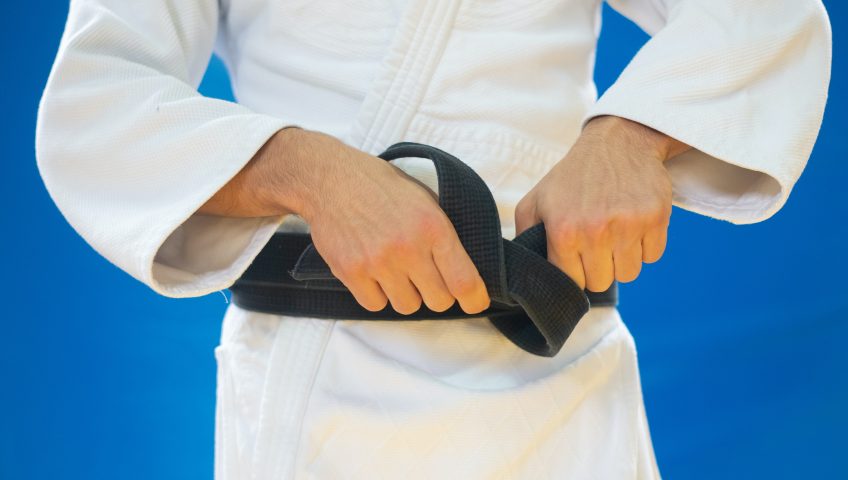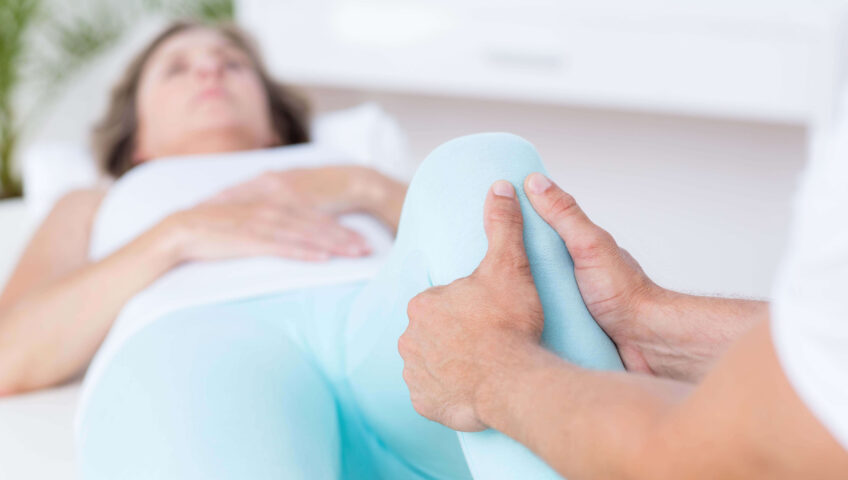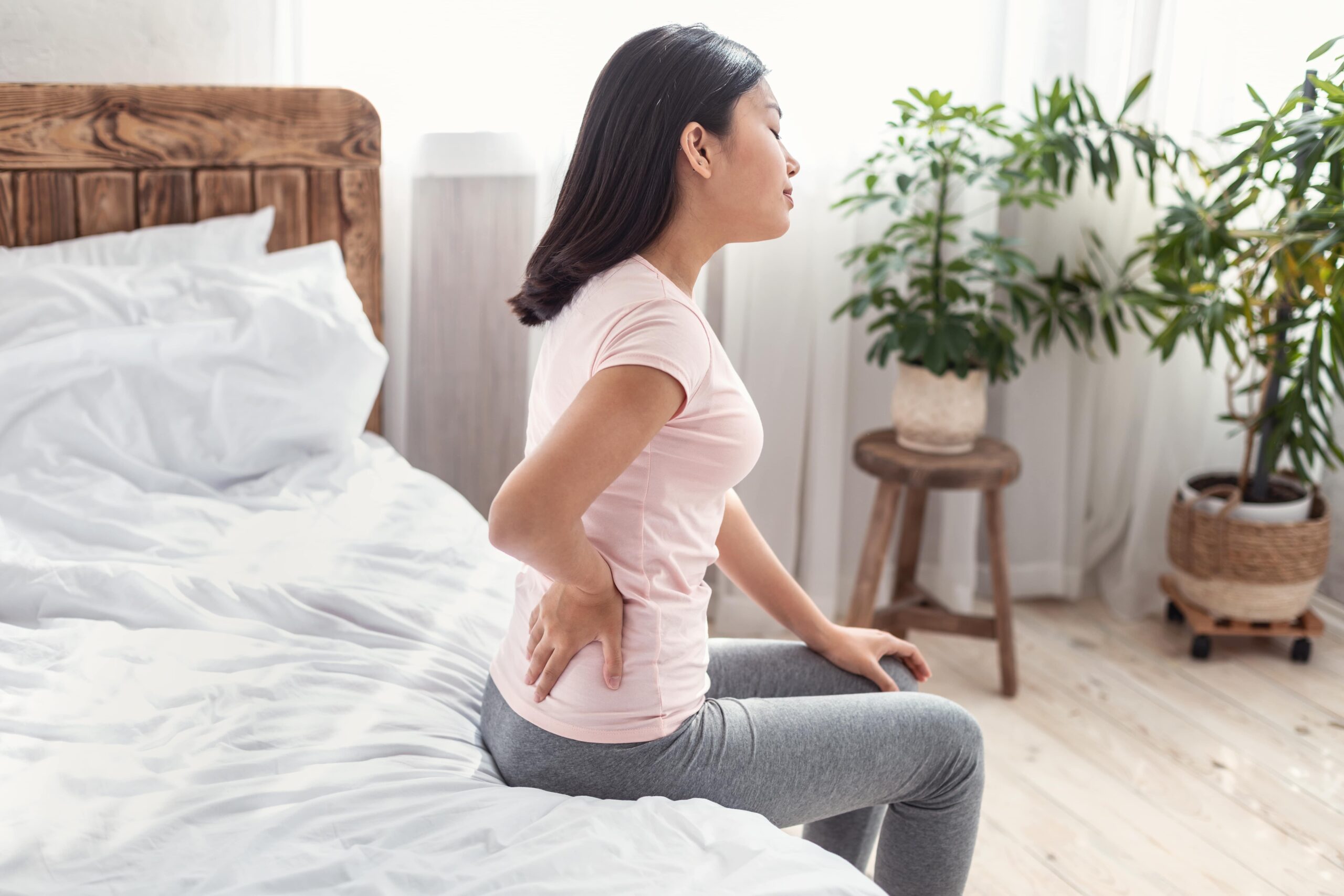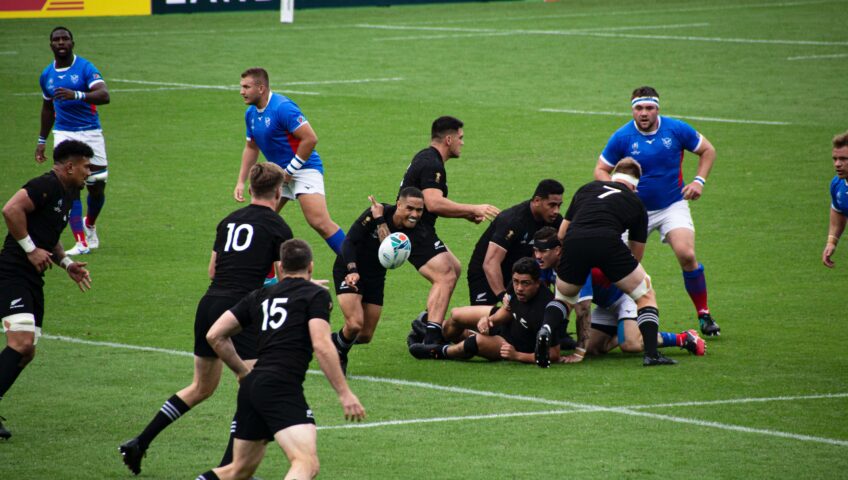
Preventing ACL Knee Injury in Judo
Invented in 1888, Judo is now among the most popular Asian martial arts in the world. Literally meaning “gentle way”, the name may sound harmless, but its results are often fierce and powerful.
In Judo, the knee tends to be one of the most injured areas due to the nature of this sport having constant physical contact, repeated falling, and quick changes of direction. In fact, up to 28% of injuries in Judo involve the knee1, and one of its most commonly injured structures is the Anterior Cruciate Ligament (ACL), which can cause significant time off training as well as a higher risk of future joint instability and osteoarthritis.
Read more




